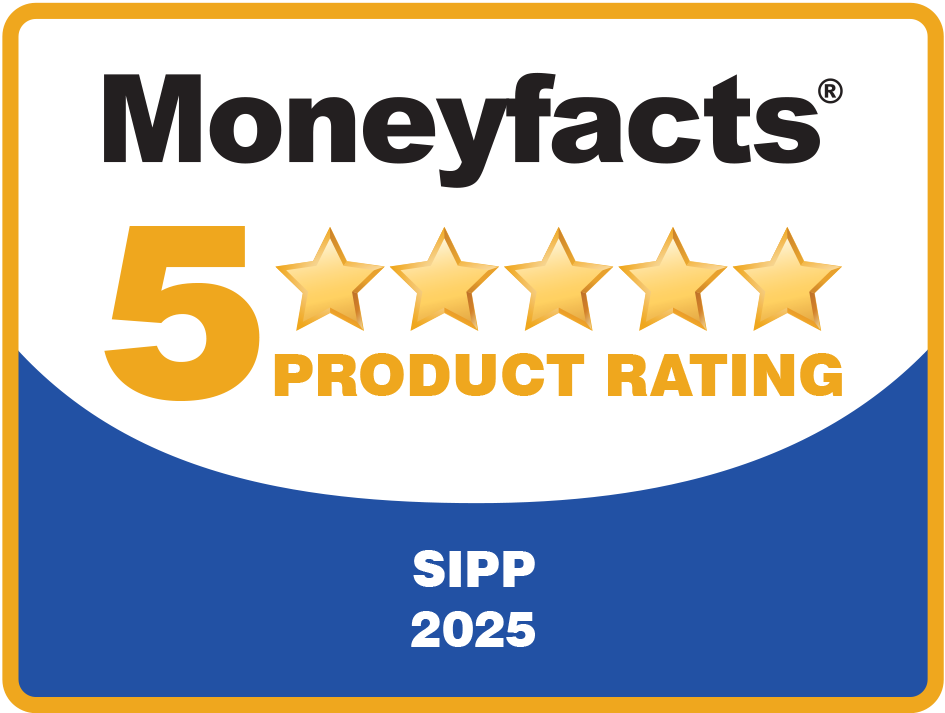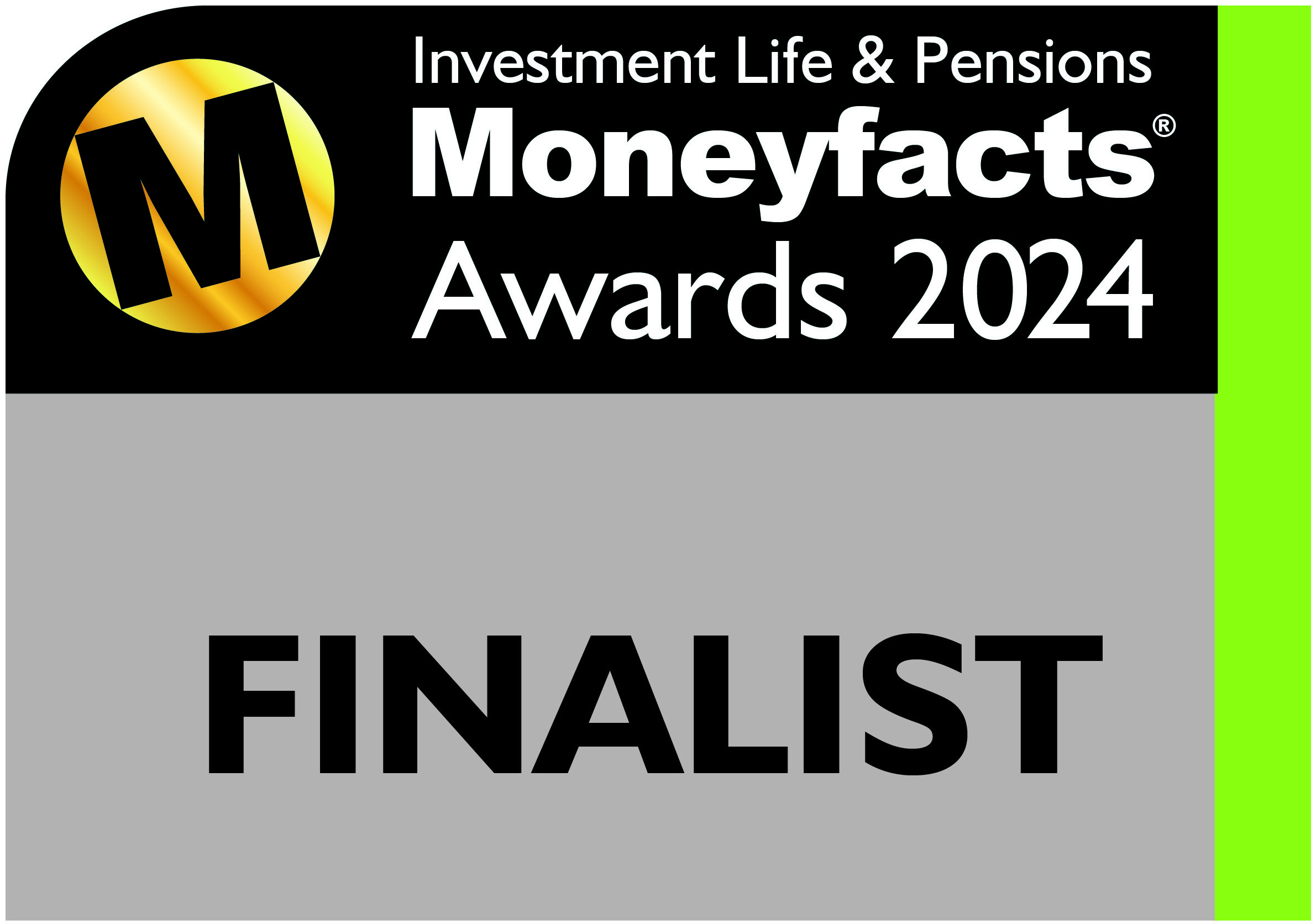How do you find a lender if a client wants to borrow using their SIPP? Here’s an expert opinion
In our recent content, we went back to basics when looking at holding commercial property in a SIPP.
Instead of looking at technical case studies or the types of property that IPM have bought on behalf of clients you read about the benefits of holding commercial property in a SIPP.
You also read our one-stop guide with all the information you and your clients need when buying a commercial property in a SIPP.
These useful guides were in response to the number of enquiries we are receiving from advisers who have a client who wishes to utilise a SIPP for this purpose, but have not given advice in this area before.
One of the areas you read about was “borrowing within a SIPP”. Undertaking a purchase with borrowing is not unusual, as roughly 1 in 3 enquiries we receive will require some level of funding.
HMRC state that SIPPs can borrow up to 50% of their net scheme assets. That’s a complicated way of saying that the maximum borrowing is half the value of the SIPP at the point the loan is drawn down.
Example: If the value of the SIPP is £250,000, the maximum it can borrow is £125,000 allowing for purchase of a property of a value of up to £375,000.
It is important to note that the following must be included in this maximum limit:
- Purchase price of property
- Any costs to the SIPP provider, solicitors, lender, surveyors and any other third parties involved in the transaction
- Stamp Duty (SDLT)
- Where a property is VAT-registered, the VAT on top of the purchase price must be taken into consideration within the maximum 50% borrowing limit.
Where borrowing is required, the first questions advisers and clients ask us are either “who arranges the lending?” or “where can we get the borrowing from?”.
As a bespoke provider, in most instances we are happy for clients to work with third parties that best suit their requirements for their SIPP, subject to our usual checks. Borrowing is no different, and we do not operate a panel of lenders from which clients much choose.
Clients can approach a bank of their choice to negotiate the terms of the borrowing, then let IPM know what these are so we can liaise with the bank of the client’s behalf to draw down the loan.
This is not always straightforward, however. While IPM has loans with most of the well-known banks – some of which have dedicated SIPP departments – if you walk into your local HSBC and say you are looking to arrange borrowing for a SIPP you are likely to be met with a confused expression!
We can help if you need contact numbers at some banks who may be able to assist – just get in touch with us if you need help.
A mortgage broker can be an excellent alternative to approaching a bank directly
As an alternative to speaking to a bank directly, clients can approach a mortgage broker to arrange a loan for them. However, as with the banks, some brokers will have more understanding of the SIPP market than others.
Over the years, our advisers and clients have introduced us to a number of brokers that specialise in this area and are adding value to their clients.
One of these, David Whitehead of Commercial Sense, gave us his thoughts last year on the position of the lending market and his thoughts on the future. We were grateful for David’s contribution – indeed, it was our second most read article of 2022, only beaten by our thoughts on the new pension transfer rules that were introduced in November 2021 (sorry, David!).
A year later, the landscape for lending looks very different. We have invited David to give his thoughts again as to where he sees banks appetite for lending to SIPPs now and whether he can offer any glimmers of hope for the future. Over to you, David.
David’s thoughts on the SIPP borrowing market
My last article covered the state of the lending market with regards to buying property using a SIPP. 12 months on I wanted to provide an update on what’s changed.
Of course, the standout difference is that lending is more expensive with successive interest rate rises over the last year raising the Bank of England (BoE) base rate from 0.75% at the beginning of April 2022 to 4.5% today.
Until the most recent inflation figures, many commentators believe we may be at the peak although further increases are now being predicted before a gradual decline during 2024 – although not to the depths that we’ve seen in recent times.
As far as the lending market is concerned, there is still good appetite to lend to SIPPs against the security of commercial property. I haven’t seen lenders pulling out of the market or any other major change apart from price.
The number of enquiries I receive has remained constant over that period and on a variable rate basis the margins have barely changed. Indeed, it is still possible to find rates less than 3% over base for certain deals and arrangement fees are unchanged. Fixed rates are subject to market forces but have come down over the last few months.
The overwhelming feedback I receive from clients is that the reasons to borrow using a SIPP remain very advantageous and outweigh any increases in borrowing costs.
It is fair to say that some lenders are adopting a more cautious approach towards the sectors in which the tenant business operates but this is not necessarily across the board.
Lenders’ policies tend to be driven by the amount of exposure each has to specific industrial sectors rather than reducing appetite against those industries that tend to suffer historically during an economic downturn, although the latter can occur.
While the cost of debt in terms of interest rate margins over base and arrangement fees has generally remained constant, it is the increase in interest rates that has driven the key change over the last year. Monthly repayments are now higher, and this affects affordability calculations as clients can borrow less to meet lenders’ multiples.
Generally speaking, lenders are still happy to support good lending propositions and the appetite and pricing tends to fall into three main groups:
Primary lenders
These are typically the high street banks that tend to be the cheapest but the most risk-averse with preference towards more “vanilla” deals.
The preference here is for “owner-occupier” transactions where the SIPP member’s business is the tenant.
Lease details are important, particularly the remaining term and the presence of break clauses with some lenders not willing to lend beyond a break, let alone expiry.
They will look at “property investment” transactions where a third-party tenant is in situ, but the preference is for blue chip tenants, whatever they are these days! Loan-to-value in such cases drops to around 50% whereas owner-occupier transactions are typically around 70%.
Secondary lenders
This group is made-up of specialist lenders and startup or challenger banks, also known as “fintechs”.
They are slightly more expensive than the high street but tend to have a more pragmatic risk appetite with less emphasis around whether the transaction is owner occupier or property investment. They are also less concerned around expiring leases and break clauses.
Alternative lenders
It’s probably unfair to say that this category is the “catch-all” group but it contains a diverse group of lenders offering bridging finance, development finance, asset finance, invoice discounters, and other specialist or niche lenders.
They are the most expensive lenders, but their facilities are short term, typically up to three years, and their appetite is far broader than those in the previous two groups. They tend to be smaller firms, including private lenders, and have more agile underwriting functions that can look at more complex or unusual transactions and so make quicker decisions.
One of the key issues in the SIPP lending market is a lack of lenders willing to support the lower end of the value chain. There are only four or five lenders, spanning all three groups above, that will get out of bed for a loan of less than £250,000.
While I appreciate the same level of work goes into a loan of £100,000 as it does one of £500,000, this is, in my opinion, the safest sector a lender could ever operate within with the comfort of wider scheme assets given the 50% HMRC rule and also third-party oversight by the FCA. These are two key advantages over traditional commercial lending.
Get in touch
If you want to have a chat about the potential of SIPPs for your clients, or any other aspects of pension planning, please contact us. Email info@ipm-pensions.co.uk or call 01438 747151.



